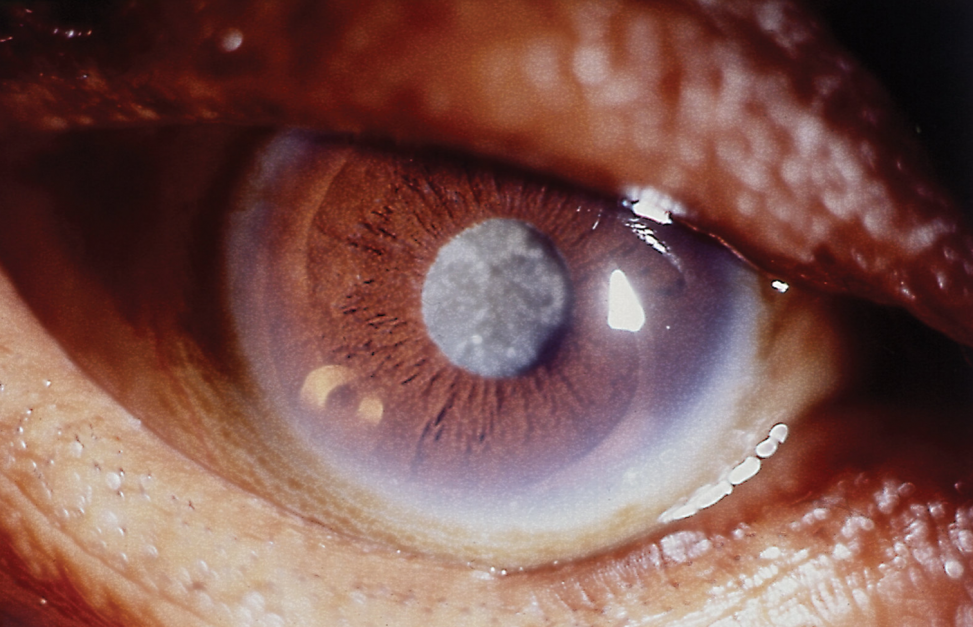At the University of California, Shirley Eye Institute research is being done on improvements in surgical techniques and patient care that lead to advantageous outcomes for patients of cataract surgery.
Millions of people worldwide are effected with cataracts, which is decreased vision due to clouding of the eye, and cataract surgery enable an improved quality of life for many people, especially the aging population.
The researched discussed in this article touches on many important factors of cataract surgery, mostly within the enhancements of procedures and the development of postoperative care.
When determining what procedure best fits each patient, doctors have many factors to take into account, such as the patients underlying eye conditions/diseases, their current refraction and what outcome they want after surgery. After these elements are considered, the doctor can present the best approach to the patient and go from there.
Many advancements have been made in the field of eye surgery, especially developments that help patients with cataracts. For starters, patients with uveitis, which is inflammation in the middle of the eye wall, can have a procedure done. Although this is a very safe procedure there is ongoing research to determine if there are more efficient ways to control inflammation within the older generation that are less invasive. Additionally, glaucoma patients who have cataract surgery can have difficulty after, but one solution that is being discussed is using cataract excision as a way to effectively lower pressure on the eye, and replacing with an artificial lens on the eye. Lastly, the use of sutureless capsular bag fixations are beneficial, having distinct advantages, especially regarding the evolution of lenses. The sutureless technique has led to reduced complications, more technical ease and high- quality functional outcomes.
The researchers discuss the importance of postoperative care for patients, and

Retrieved from Flickr.
although this is important for all surgeries, they emphasized that postoperative pertains to before surgery as well. The prevention of infection extends beyond the operating room, with the most important factor being hand hygiene.
Focusing on this increases the prevention of disease in the clinical setting, especially when concentrating on hygiene prior to entering the sterile environment.
Concentrating on post-surgery, there are innovations that are being studied to help improve patients’ vision, such as the use of intraoperative intracameral antibiotic injections, which essentially is the use of a needle to inject antibiotics into an eye cavity. This treatment has shown to assure drug delivery to the problematic area and it avoids the common complications that occur during post-surgery care. Additionally, there are nonsurgical therapies for cataracts, but the research is not far along enough to show significant results in the prevention or slowing of age-related cataract maturity.
The aging population nowadays is increasing worldwide, therefore so are the cases of cataracts and the blindness it leads to. Most importantly it is essential that doctors are well trained and know how to perform the manual small incision surgery, as this constantly is the fallback plan if there are any

Retrieved from Flickr.
complications that arise. Secondly, the innovation of procedures and techniques are vital for improving the quality of life for those diagnosed,
but this has equal importance to the evaluation of the patient prior to surgery and postoperative care. All three factors of care management, post and prior, and innovative operations are crucial in ensuring favourable outcomes for patients who undergo surgery. Thus, there will always be a call for increased training in techniques, with emphasis on a holistic approach to address the global cataract burden that we are facing.
Source:
Gali, H., & Afshari, N. (2020). Editorial. Current Opinion In Ophthalmology, 31(1), 1-2. doi: 10.1097/icu.0000000000000638

Grandpa
Honey
You Did a good job
I will forward to my eye doctor